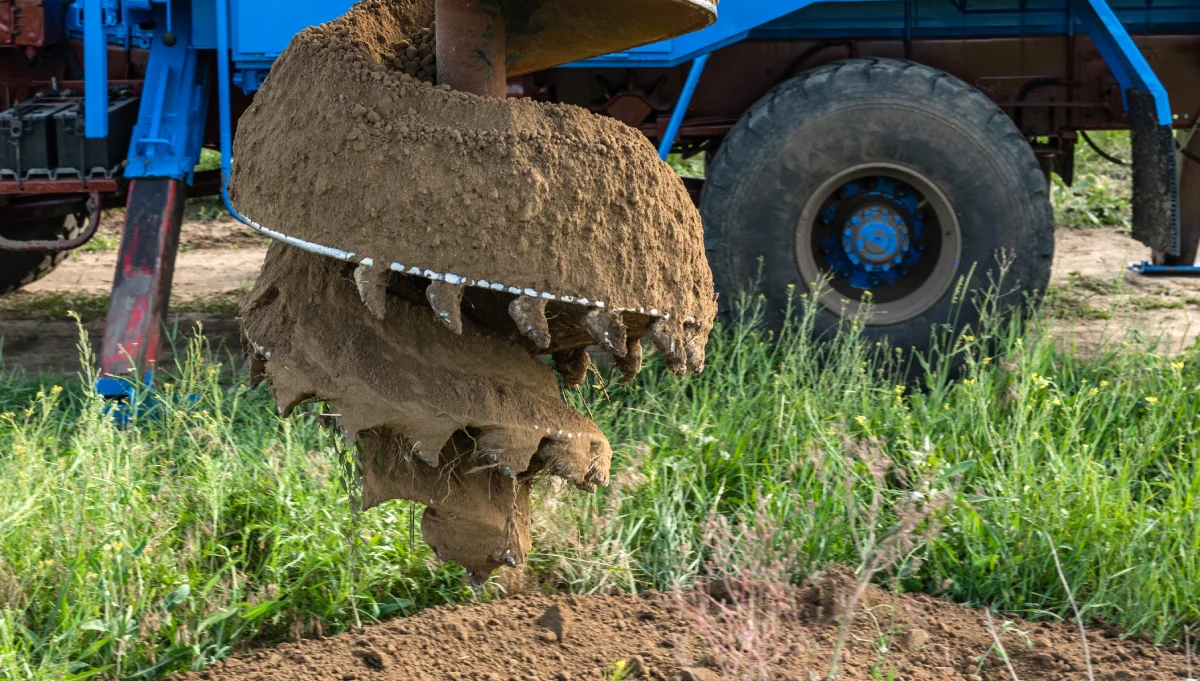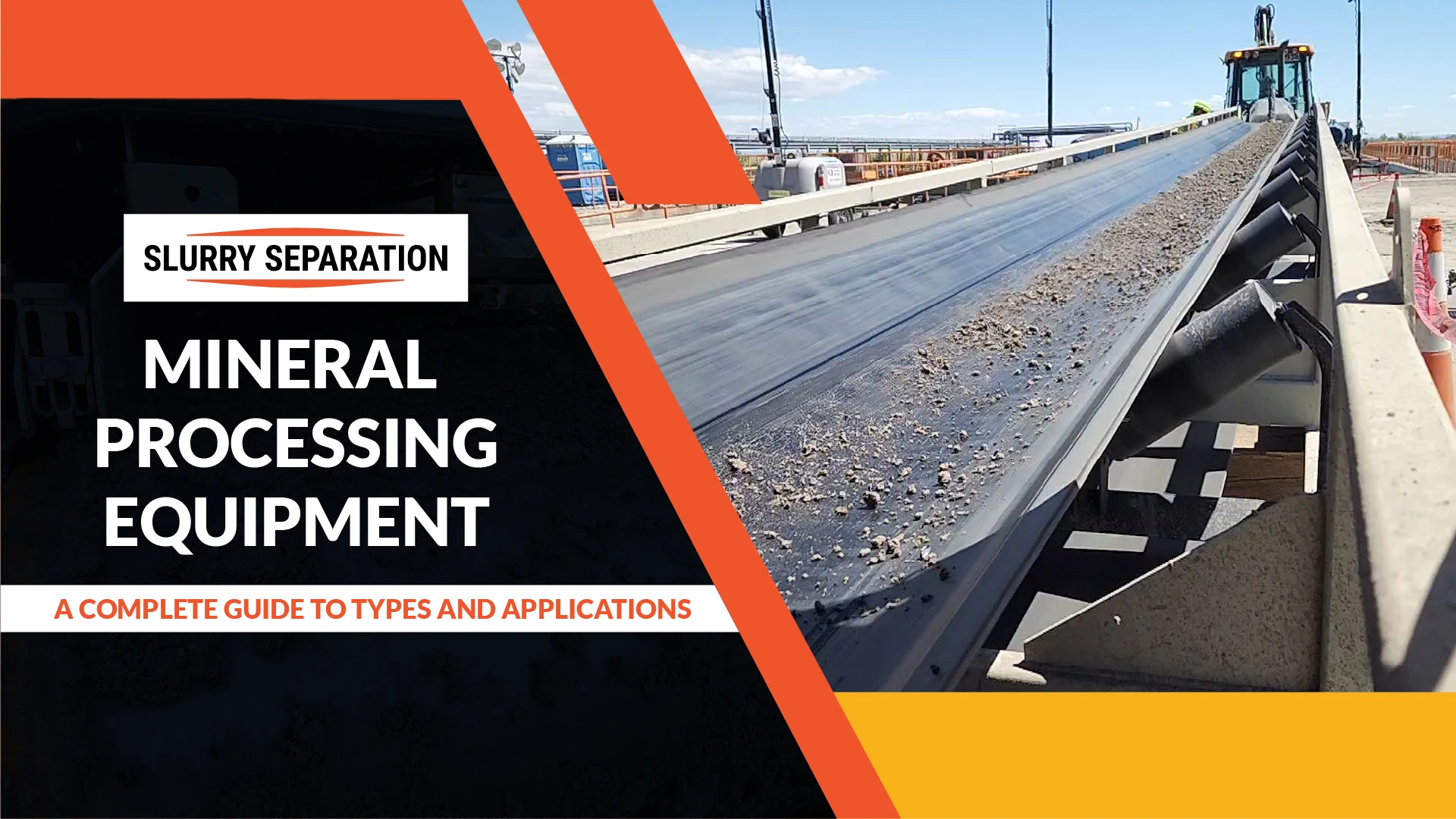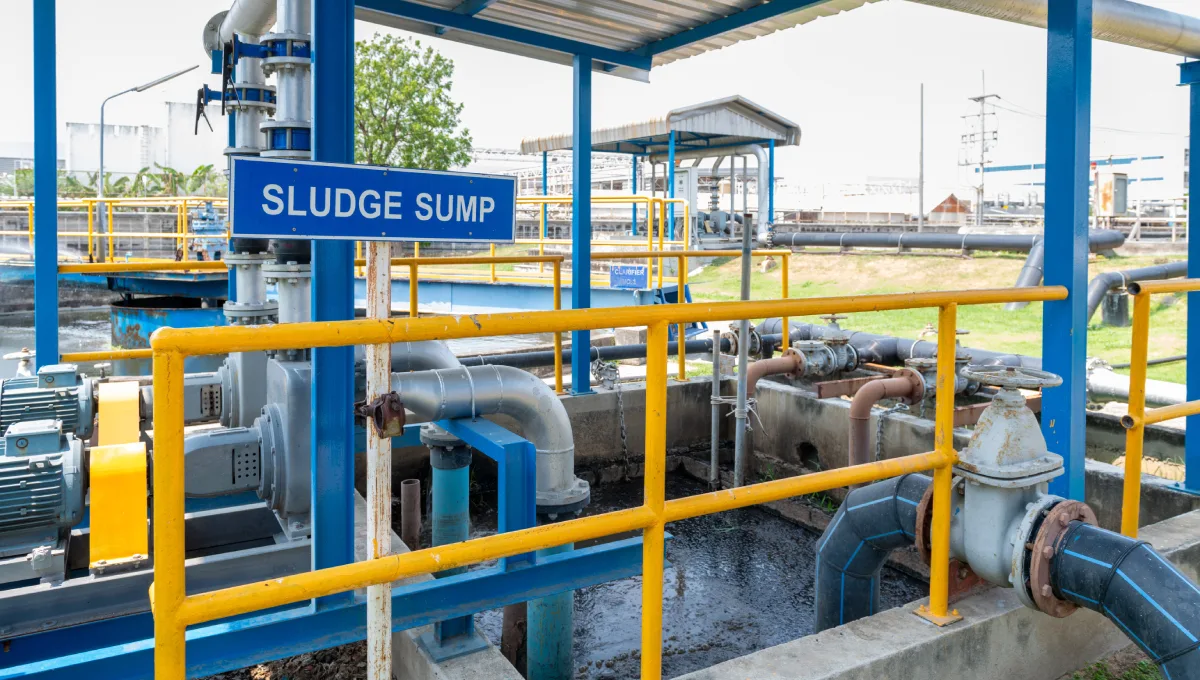A well-designed solids control system is essential for maintaining drilling fluid properties, minimizing waste generation, and optimizing drilling performance. The slurry separator (shale shaker) serves as the solids control system’s primary component, which removes drilled solids and contaminants from the drilling fluid. Here we explore the key factors that must be considered when preparing a solids control system, including slurry separator, for use at a drilling site, encompassing drilling conditions, fluid properties, equipment selection, operational parameters, and environmental regulations.
Drilling Conditions
Understanding the drilling conditions is absolutely critical when designing a solids control system, as it influences equipment selection, fluid properties, and solids control strategies. Factors such as well depth, formation type, drilling method (e.g., rotary drilling, directional drilling), and anticipated drilling fluid volumes determine the capacity and performance requirements of the solids control system. In challenging drilling environments, such as deep wells or unstable formations, specialized equipment, and enhanced solids control techniques may be necessary to maintain drilling efficiency and wellbore stability.
Fluid Properties
Analyzing drilling fluid properties, including viscosity, density, rheology, and chemical composition, is critical for designing an effective solids control system. The rheological properties of the drilling fluid influence solids suspension, pumpability, and screen performance on the shale shaker. Moreover, the presence of contaminants, such as drilled solids, shale cuttings, and formation fines, affects fluid rheology, fluid loss control, and solids removal efficiency. Tailoring the solids control system to the specific fluid properties ensures optimal solids removal, fluid quality, and drilling performance.
Equipment Selection
Selecting the appropriate solids control equipment, including slurry separators, centrifuges, desanders, desilters, and mud cleaners, is essential for achieving efficient solids control and fluid management. Slurry separators (shale shakers) serve as the first line of defense for solids removal, and their selection depends on factors such as flow rate, particle size distribution, and screen performance requirements. High-capacity slurry separators with multiple decks and advanced screen technologies may be necessary for high-flow-rate drilling operations or challenging drilling conditions. Additionally, integrating complementary solids control equipment like centrifuges and mud dryers enhances the overall efficiency and effectiveness of the solids control system.
Operational Parameters
Optimizing operational parameters, such as shaker screen configuration, vibration intensity, and fluid flow rate, is crucial for maximizing solids control efficiency and minimizing drilling fluid losses. The selection of screen mesh size and configuration should be based on the particle size distribution of drilled solids and desired separation efficiency. Adjusting vibration intensity and frequency on the shale shaker optimizes solids conveyance and fluid handling capacity, preventing screen blinding and enhancing solids removal efficiency. Monitoring and controlling fluid flow rates ensure proper fluid management, minimize fluid bypass, and reduce environmental impact.
Environmental Regulations
Compliance with environmental regulations and best practices is imperative when designing and operating a solids control system at a drilling site. Regulatory requirements governing drilling fluid discharge limits, waste management practices, and environmental protection measures vary by jurisdiction and drilling location. Implementing effective waste minimization, recycling, and disposal strategies helps mitigate environmental impact and ensure regulatory compliance. Furthermore, utilizing environmentally friendly drilling fluids and additives reduces the potential for environmental contamination and facilitates sustainable drilling operations.
Maintenance and Operator Training
Regular maintenance and operator training are essential for optimizing solids control system performance, extending equipment lifespan, and preventing downtime. Implementing proactive routine maintenance procedures, such as screen inspection, tension adjustment, and equipment lubrication, ensures reliable operation and minimizes the risk of equipment failure. Providing comprehensive operator training on equipment operation, maintenance protocols, and safety procedures enhances operator proficiency, fosters a culture of safety, and promotes operational efficiency at the drilling site.
Many Parts To Truly Efficient Solids Control
Preparing a solids control system, including slurry separator (shale shaker), for use at a drilling site requires careful consideration of drilling conditions, fluid properties, equipment selection, operational parameters, environmental regulations, maintenance, and training. By addressing these key factors comprehensively, operators can design and implement an effective solids control system that optimizes drilling performance, minimizes environmental impact, and ensures regulatory compliance. Proactive planning, proper equipment selection, and ongoing monitoring and maintenance are essential for achieving efficient solids control, fluid management, and overall success in drilling operations.




